For years the *chase sapphire reserve* was a no-brainer: a must-have credit card for frequent travelers looking for premium perks. Has that changed in 2024?
A price hike to the card's annual fee a few years ago left many cardholders second guessing it. While other premium travel cards from competing banks have entered the market or loaded up with additional perks, Chase's flagship card is starting to look stale in comparison. And just recently, Chase axed one of the card's distinguishing benefits.
Yet in some other big ways, nothing has changed. Reserve cardholders still get complimentary lounge access – including more of Chase's excellent Sapphire Lounges – as well as built-in travel insurance, earning lots of points on major expenses, and an easy-to-use travel credit that covers a huge chunk of its annual fee.
So let's do the math to help you decide whether the Chase Sapphire Reserve is worth its annual fee.
Related reading: Is Chase’s Sapphire Reserve Card Due for a Refresh?
The Chase Sapphire Reserve Annual Fee
Chase's top travel credit card comes packed with perks, but it comes at a cost: $550 per year.
While that's no small sum, it's nowhere near the most expensive card on the market. Compared to the *Amex Platinum annual fee* (see rates & fees) per year required to carry *amex platinum*, it's a bargain in comparison.
Heck, even co-branded airline and hotel credit cards are now creeping into the $500 and $600 range. The $550-a-year Chase Sapphire Reserve annual fee is by no means an outlier.
Chase Sapphire Reserve Card Benefits
So what does $550 get you? If you're familiar with the *chase sapphire preferred* – Chase's more modest travel credit card – the Sapphire Reserve is all that … and then some.
Here's a look at the card's biggest features and benefits that might make carrying it a worthwhile proposition.
Annual $300 Travel Credit
Let's get one thing out of the way with the most important question: Do you plan to spend $300 a year on travel?
If not, move on: The Sapphire Reserve definitely isn't the card for you. There are far better alternatives out there for occasional travelers … at much cheaper price points.
But if you do spend $300 a year or more on travel, you can automatically consider the Reserve Card's annual fee more like $250. That's because each and every year, you'll get an easy-to-use $300 annual travel credit. And it covers a lot of ground, including the obvious things like flights and hotels as well as many expenses you might not normally consider “travel.”
Whether it's a taxi, Uber, hotel, plane ticket, cruise, or any other travel expense, Chase automatically reimburses you up to $300 each year for any purchases that code as travel. No other card on the market provides an easier-to-use annual travel credit.
That's $300 right back in your pocket, effectively reducing the annual fee to $250. You don't need to file a claim or jump through hoops to receive your money. Just spend on travel, pay with your Sapphire Reserve, and the $300 credit kicks in automatically.
Read more: All About the Chase Sapphire Reserve's $300 Travel Credit
Application Fee Credit for Global Entry or TSA PreCheck
If you apply for either Global Entry or TSA PreCheck and pay with your Chase Sapphire Reserve, the application fee will get automatically reimbursed. It currently costs $120 for Global Entry and $78 for TSA PreCheck, both for five-year memberships.
If you don't already have Global Entry or TSA PreCheck or were planning to pay out-of-pocket for it, this benefit can effectively drop the card's annual fee by another $100(ish) dollars for at least the first year.
Airport Lounge Access
One of the Sapphire Reserve's biggest selling points is airport lounge access. While it might not put money back in your pocket like the $300 travel credit, it can save you money when traveling. The more you travel, the more the savings add up – and the more you'll come to treasure lounge access.
For the last few years, the Sapphire Reserve set itself apart from nearly all other travel cards that come with lounge access by including Priority Pass Restaurants. It's a sweet perk that could save real money – $28 for you, and another $28 for a companion – each and every time you dine at a participating airport restaurant.
Sadly, this benefit is set to disappear in June. With that, the Sapphire Reserve will lose one of its key differentiators.
Read more: Which Credit Cards Still Include Priority Pass Restaurant Access?
What's not changing is the card's Priority Pass lounge access. You'll still get unlimited access to more than 1,300 lounges around the world for you and up to two guests thanks to the included Priority Pass Select membership. These lounges can range from “meh” to “wow,” especially at some truly nice lounges in airports outside the U.S.
This Priority Pass lounge benefit is practically a standard for premium travel cards these days. But if you don't have lounge access elsewhere, it's certainly a worthwhile perk.
The Sapphire Reserve is also your ticket into the growing list of Chase Sapphire branded lounges. With five Sapphire Lounges already open and that number expected to double in the coming year, the Sapphire Reserve (and the Ritz-Carlton Card) are the only way to get unlimited access for you and up to two guests.
These Chase lounges are run in collaboration with Airport Dimensions, the same group behind “The Club” family of lounges that you'll find throughout the U.S. that Priority Pass members can currently access. But Chase has upped the ante for its own lounges: The design is chic and spacious, complimentary food and drinks area big step above your typical airport club, and there are also upscale amenities like showers and wellness areas.
Travel Protections & Insurance
Many travel cards provide some level of protection when things go awry. But in that department, the Sapphire Reserve is second to none.
It all starts with primary rental car coverage. When you charge your car rental to the Chase Sapphire Reserve card, you can simply decline the insurance from the rental company and be covered up to $75,000 for theft and damage. So if you get in an accident, you can bypass your own auto policy and go straight to Chase for assistance.
Just note that this is not liability insurance, so it won't cover medical bills, damage to another vehicle, or damage to property.
Another big benefit is the cards trip cancellation and delay reimbursement coverage. This is a benefit that I've personally used and found it to be quite valuable. It kicks in for any delay lasting six hours or more and covers up to $500 in expenses (per covered passenger) for things like food, toiletries, and lodging.
You'll also get coverage for lost or delayed bags when using your Sapphire Reserve to pay for your airline ticket. If your checked bags are delayed more than six hours, the card will reimburse you up to $100 per day for up to five days. This coverage is meant to cover the cost of essential items like toiletries, clothing, and cell phone charging cables, for example.
Finally, the Sapphire Reserve provides a benefit I hope you never need to use: Medical evacuation coverage. If you or a member of your immediate family are injured or become sick during a trip far that results in an emergency evacuation, you can be covered for medical services and transportation up to $100,000. This isn't a benefit that you'll find on many other travel cards and can be a true lifesaver if you ever find yourself needing to use it.
DoorDash Statement Credits & DashPass Membership
A few years back, Chase added a complimentary DoorDash DashPass membership and $5 monthly DoorDash credit for Sapphire Reserve cardholders. DashPass ordinarily costs $9.99 per month, unlocking free deliveries and lower platform fees.
If you were otherwise paying for DashPass on a monthly basis, getting it for free – plus a $5 monthly credit on top – would be a savings of $15 per month.
This benefit isn't a permanent feature of the card, though: It's set to expire on Dec. 31, 2024. It's been extended in the past so there's not telling if the same will happen this year but if you're just now considering the Sapphire Reserve Card, you can only bank on it being around for another eight months.
Doing the Math
Now that you know what the annual fee is – and what it gets you – it's time to do the math and determine whether or not it's worth paying.
The Sapphire Reserve's annual $300 travel credit effectively lowers the annual fee to $250 for most travelers – and, again, if you're not able to easily use this up each year, there's likely a better card out there for you. If you are enrolling in (or renewing) TSA PreCheck or Global Entry, you can shave another $78 to $100 off the card's annual fee … but that's only good once every five years.
With all that said, you're now left paying $250 a year for a card that comes with top-of-the-line travel insurance, airport lounge access, and DoorDash credit (for now). Oh, and it's a darn good card to swipe at restaurants and when purchasing flights or other travel expenses, as you'll earn 3x points per dollar.
If you travel enough to get your money's worth out of the airport lounge access – especially in and out of airports with new Sapphire Lounges – then you could easily justify the annual fee, I think. The same could be said for anyone that would otherwise be paying for DoorDash or add-on travel insurance.
All those are real, valuable, benefits that save people money.
What Are the Alternatives?
For anyone looking to move away from their Sapphire Reserve, or exploring alternatives before committing to the card's $550 annual fee, the *chase sapphire preferred* and the *venture x* might form the perfect two-card combination.
Here's why: With the Sapphire Preferred, you're getting a way to earn Ultimate Rewards pooints on all travel purchases, bonus points when dining out, and travel protections similar to the Sapphire Reserve, all for a much more manageable *CSP annual fee* annual fee.
And with the Venture X, you get easy-to-use rewards and premium travel perks like airport lounge access, rental car elite status, an annual $300 travel credit, and more – all at a middle-of-the-pack, *Venture X annual fee* price point.
Put the these two cards together and you get access to two different sets of transfer partners, two welcome offer bonuses, a solid return on all of your spending, and top-notch travel perks … for less in annual fees than what you'd pay with the Sapphire Reserve alone. By giving up the Sapphire Reserve in favor of these two cards, you're sacrificing very little and gaining a whole lot … all while saving money.
Read more: Why the Capital One Venture X and Chase Sapphire Preferred Make the Perfect Combo
Bottom Line
The Chase Sapphire Reserve has long been one of the best premium travel credit cards on the market – if not the best, period. But that doesn't necessarily mean the annual fee is worth it for you.
Sure, it'll earn you some solid points, comes with great benefits like lounge access and built-in travel insurance, and an easy-to-use $300 annual travel credit that can quickly zero out much of its $550 annual fee. Yet the Chase Sapphire Reserve Card has also clearly lost some of its luster.
With more competition than ever before, travelers who once considered the card a no-brainer would be wise to crunch the numbers and determine for themselves whether the Sapphire Reserve is still worth its annual fee.
Learn more about the *chase sapphire reserve*.

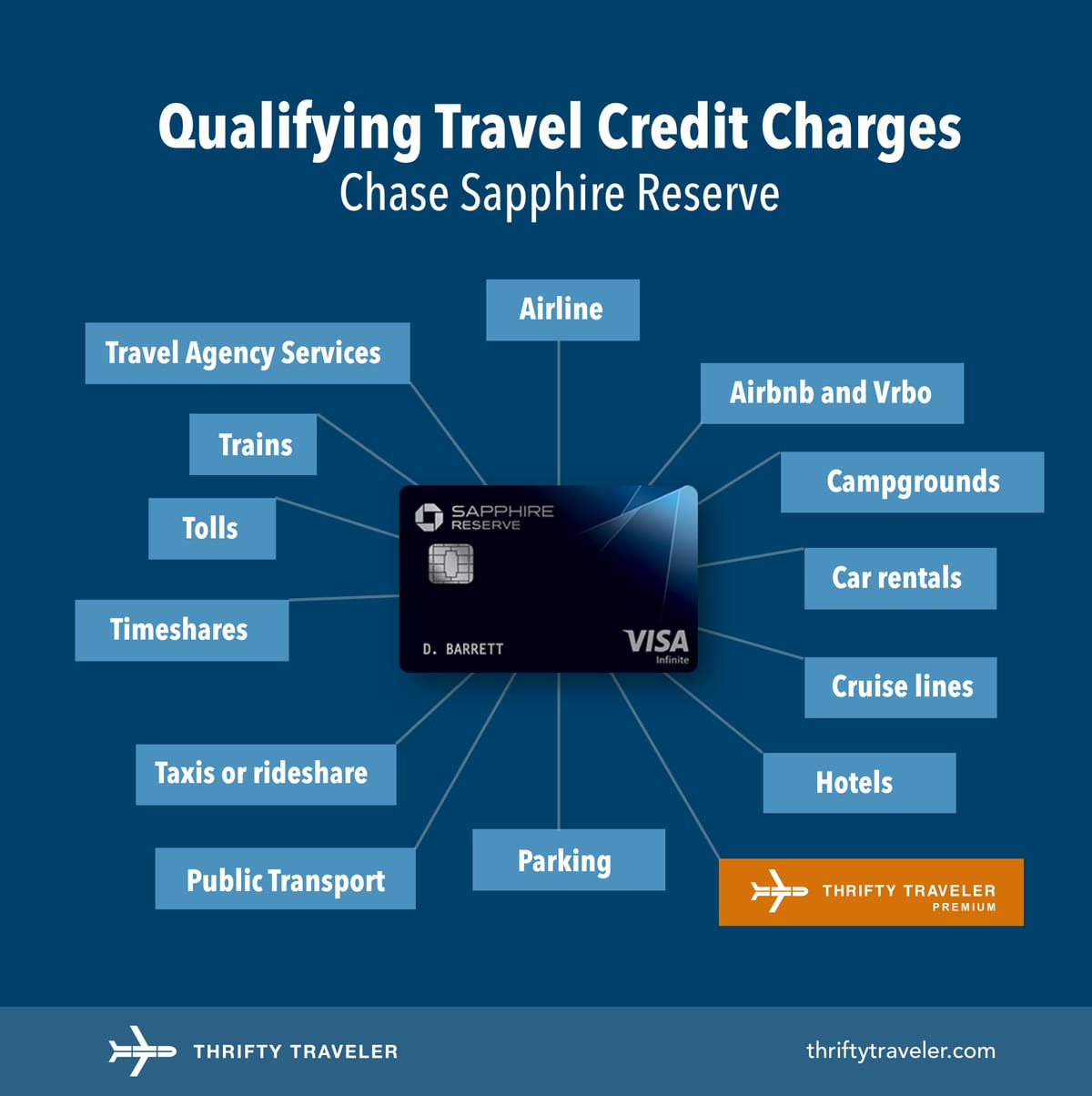
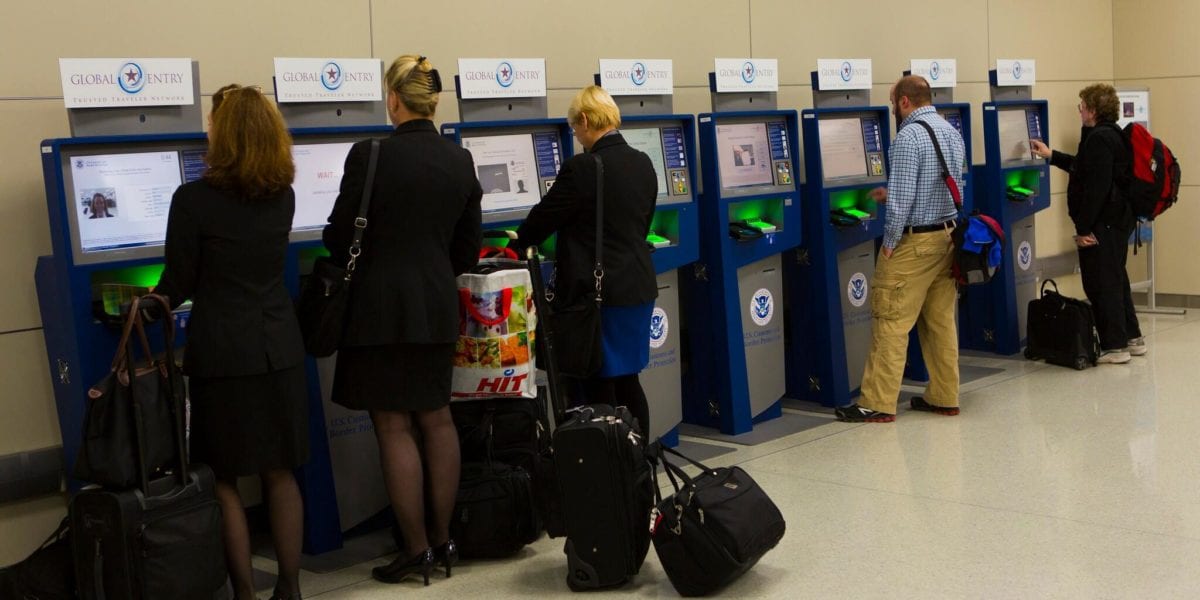



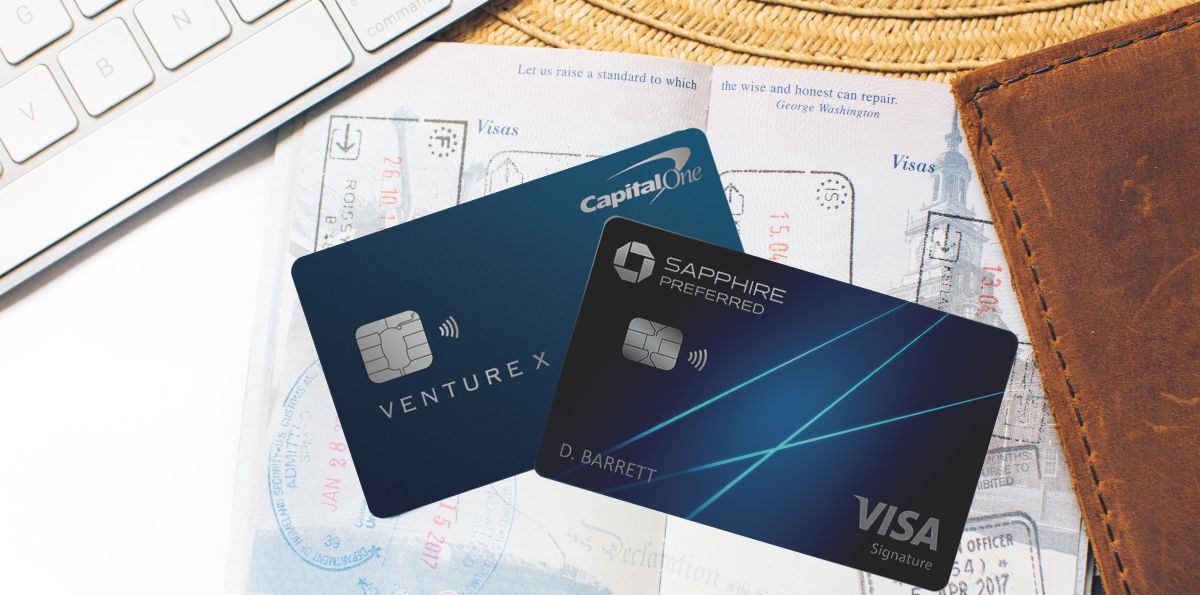
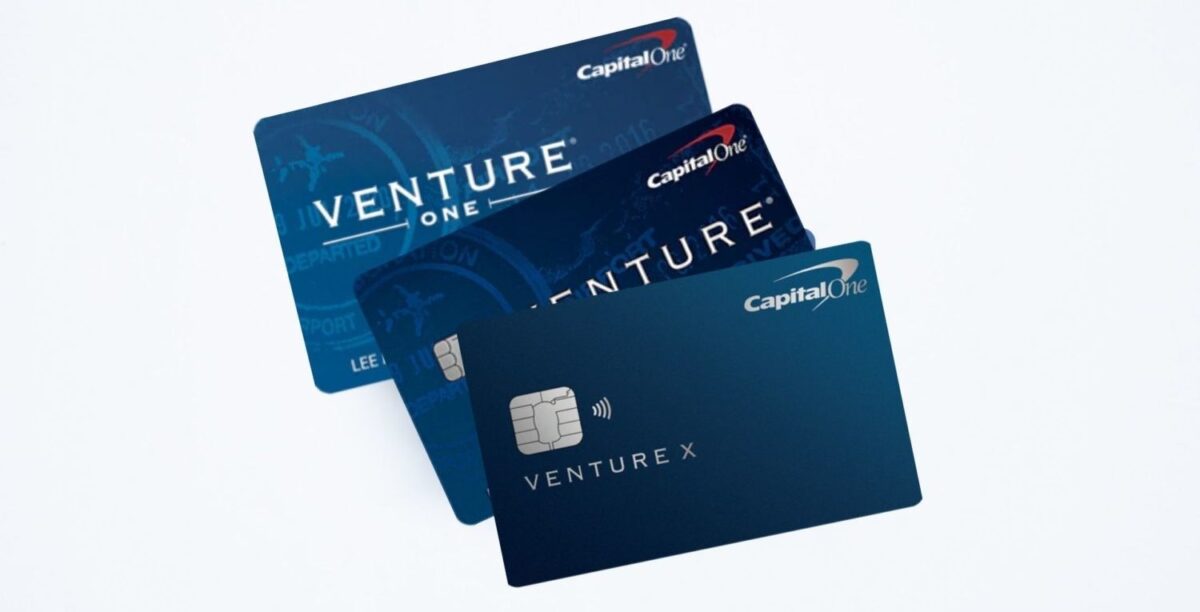
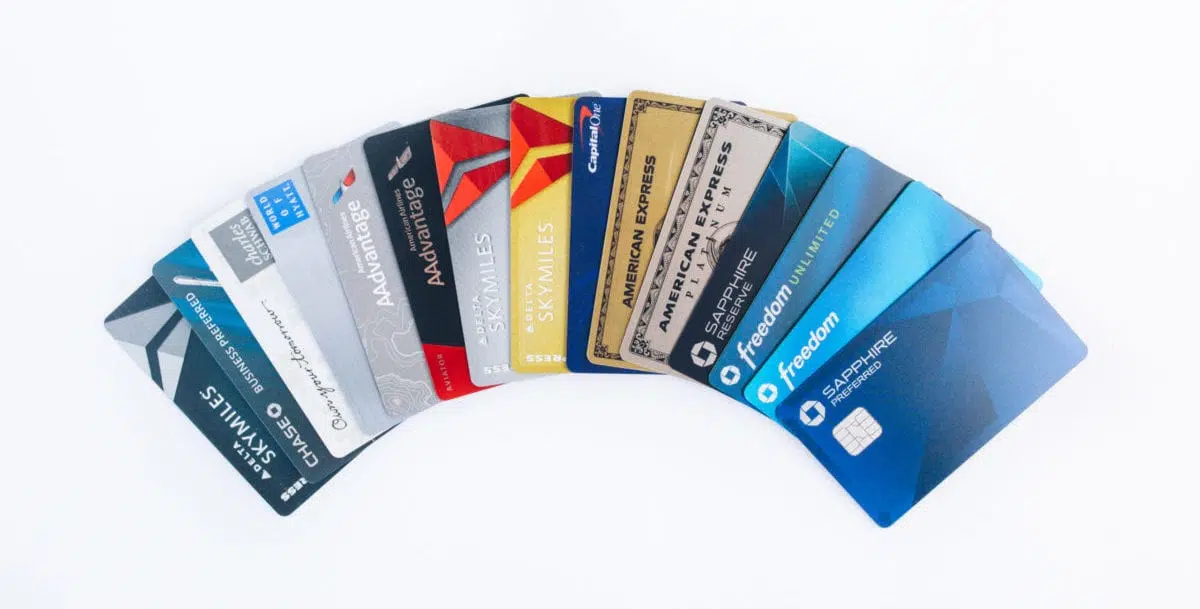

With everyone has Priority Pass, the lounge access is become almost inaccessible due to long wait. I couldn’t get in when I had a few hours layover at Atlanta airport. No access lounge in Denver. 😩
For the second year in a row this year, Chase gave me the ability to pay my annual Chase Sapphire Reserve Card fee with points at a 1.25 rate. 44,000 points paid the $550 fee. I am not sure this was a good use of my points, but I had it to spare.
You wrote that you get an Annual $300 Travel Credit from chase reserve card. What you did not write that to get the credit you need to purchase from chase travel section to qualify for the $300 credit. My experience with chase travel site, is they are not cheap or competitive with other web sites.
That is incorrect: You do not need to purchase through Chase Travel in order to use the $300 credit. Booking any flight, hotel, Airbnb, Uber, or any other purchase that codes as travel will trigger the $300 credit.